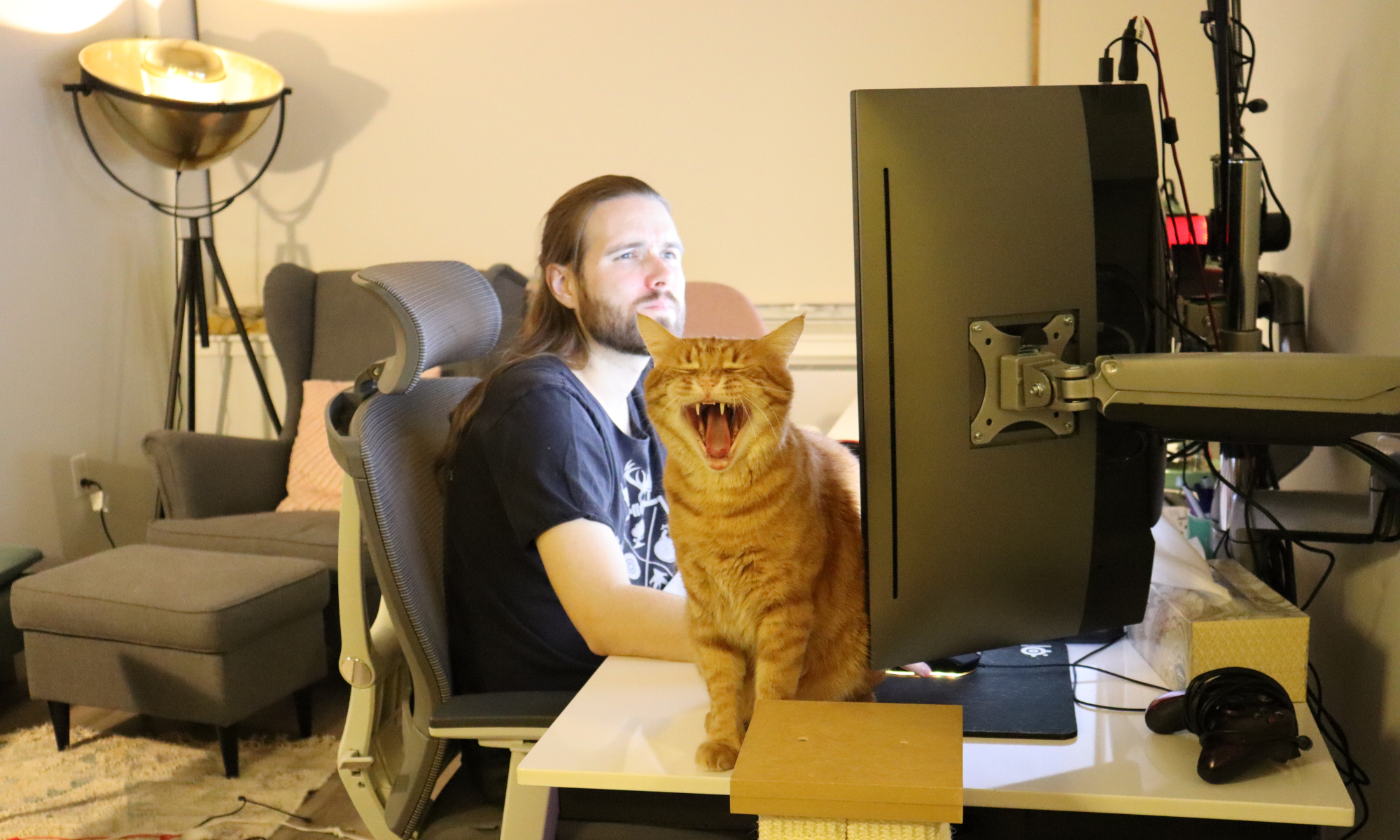Back in 2003 or 2004, when I was taking a game design class as an elective in my computer science studies, our first task was to write a short essay that explained what a game was. Since this was the days before Gmail and Google Drive I don’t have it easily accessible. It’s probably stored on an old harddrive somewhere in a box at my mother’s place in Sweden. However, I like the concept of it, and for a game designer this is a vocational self-portrait, a description of how you see the atoms of what you are creating. Here’s my 2020 version!
In a game, the impact of decisions and events are less serious and consequential than in real life. Thus, a game can be used to test, practice and play. Games can still make a significant difference in your life. You can win or lose money when it comes to gambling. You can permanently lose a character when you are playing a permadeath game. Your job can be made easier or harder with gamification. A game can affect how you think and feel. Your real life can be impacted by someone else’s game without your active participation. But a game that becomes too serious and everlasting, ceases to be a game to a participant or spectator.
Because of the existence of life outside of a game and how the game can affect it, morals and ethics are vital. Participation in a game should be voluntary. If it’s not, then it’s not a game.
A game completely without any rules would be life, or a simulation that we perceive as life, and it wouldn’t be a game anymore. A game is defined by its rules. Rules are the code and content running on an electrical device or the writing or spoken words agreed upon by the game’s participants.
Games have goals and purposes, whether defined or implicit. Some games have more well defined goals and purposes than others. In a sports game you strive to win the match, usually by scoring more goals or points than the other team. In an open world building game, the player’s creative outlet is the purpose. A live action role playing game has the purpose of creating an experience for the participants.
My definition of what a game is, is very broad and has abstract borders. What was once a game can become life and what was part of life can become a game. These four core pillars define what a game is to me:
- A game has rules.
- A game has goals and purposes.
- A game is voluntary.
- Actions in a game have less consequence than in life.
A game can itself be many things: entertainment, education and art, to mention a few. But these characteristics don’t define what a game is, they are just things that a game can be. A game doesn’t need to be entertaining, educational, art or even fun in order for it to be a game.
A game can also exist in many forms: it can be digital, it can be imagined, written or told. It can exist in a short moment in time or continue until the end of time. As long as it fulfills the four core pillars, it’s a game.
Making games is my profession; it’s what I know best and what I love doing. What I do, at the most fundamental level, is create goals and purposes that, within a framework of rules, can be achieved by voluntary participants in a way that doesn’t seriously impact their lives.
Feel free to share your thoughts on what a game is to you and what you think of my definition. I am excited to hear your thoughts!
